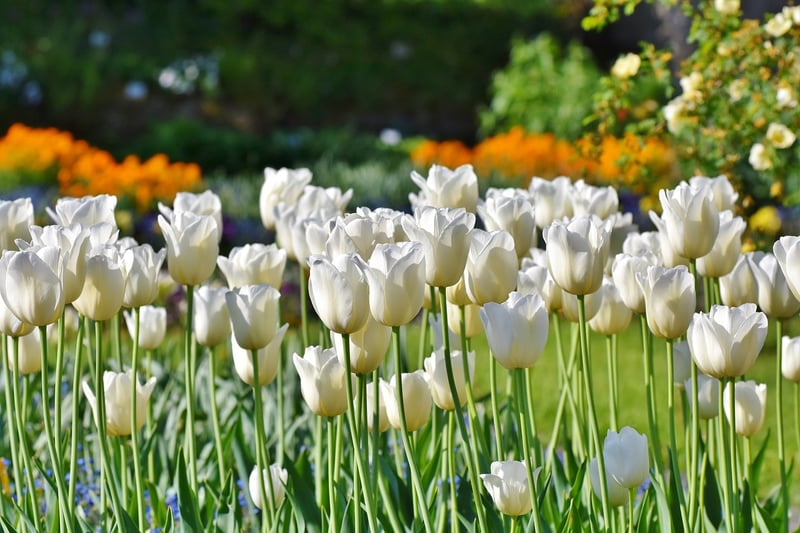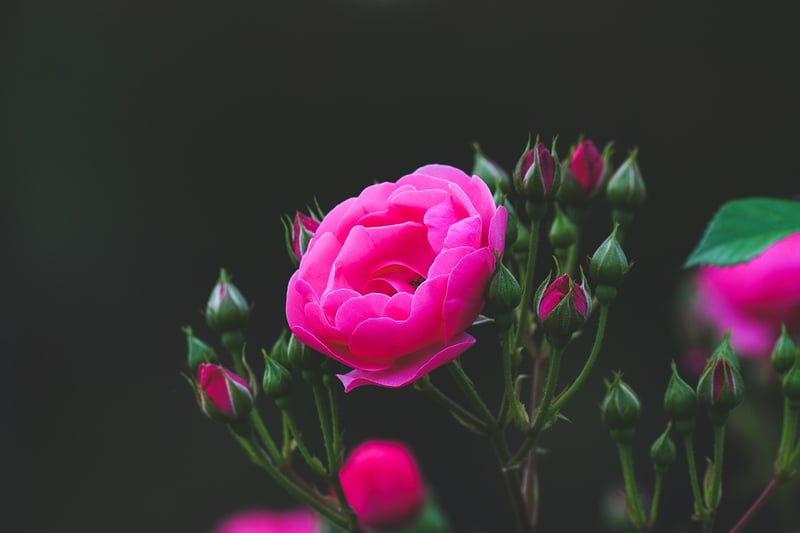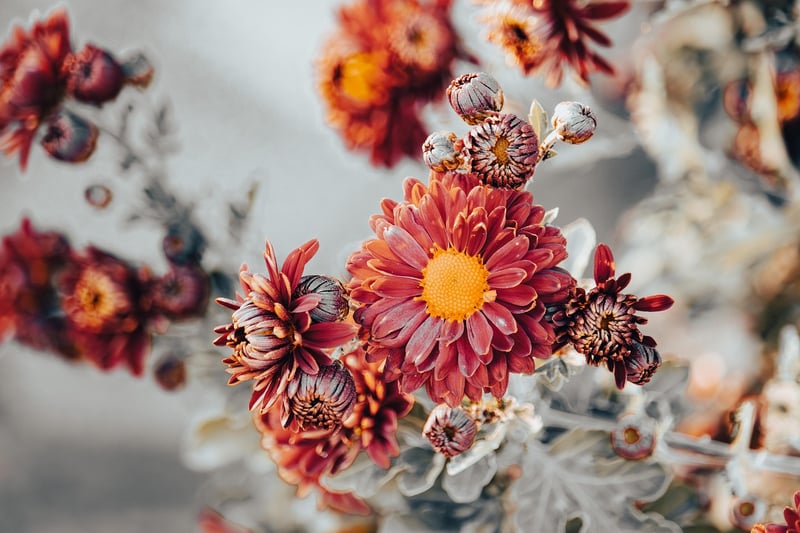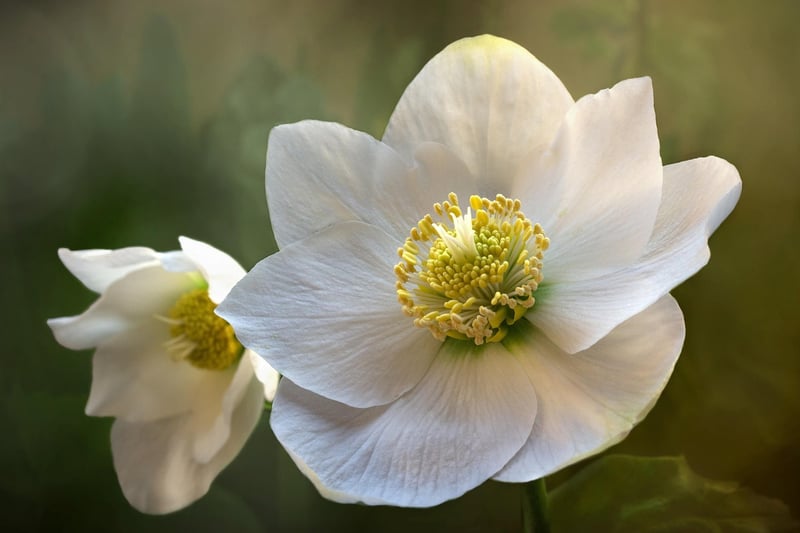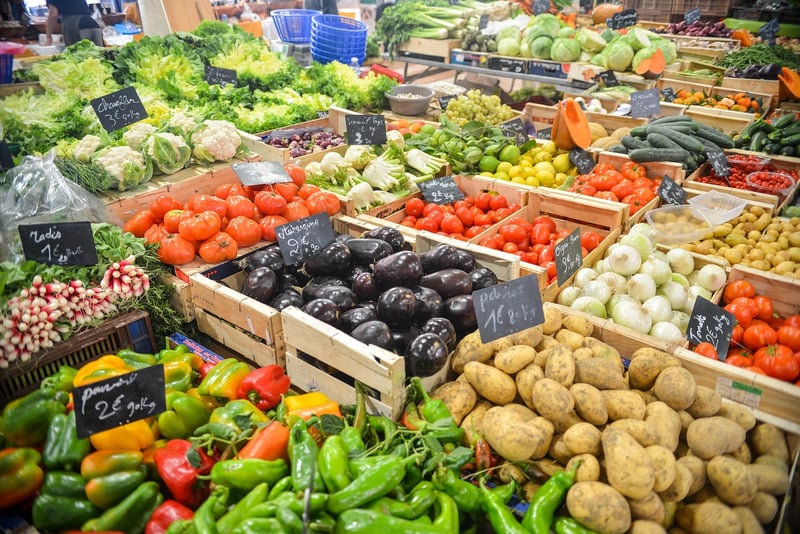Seasonal Varieties
Choosing the Right Flora for Your Garden
When it comes to creating a beautiful garden, selecting the right flora is essential. Whether you're a seasoned gardener or just starting, understanding the different types of plants and their seasonal variations can help you create a vibrant and thriving outdoor space. Here are some tips to guide you in choosing the perfect flora for your garden.
1. Assess Your Garden's Conditions
Before selecting plants, assess your garden's conditions such as sunlight exposure, soil type, and moisture levels. This will help you choose flora that are well-suited to thrive in your specific environment.
2. Consider Seasonal Variations
Different plants thrive in different seasons. Consider incorporating a variety of seasonal plants to ensure your garden looks beautiful year-round. Here are some popular seasonal flora varieties:
Spring
- Tulips: Known for their vibrant colors, tulips are a classic spring flower that can add a pop of color to your garden.
- Daffodils: These cheerful flowers bloom early in spring and come in various shades of yellow and white.
Summer
- Roses: With their classic beauty and fragrance, roses are a popular choice for summer gardens.
- Lavender: Known for its soothing fragrance, lavender is a versatile plant that thrives in the summer heat.
Fall
- Mums: Chrysanthemums, or mums, are a fall favorite known for their rich autumn colors.
- Pansies: Pansies are cool-weather flowers that bloom well into the fall, adding a touch of whimsy to your garden.
Winter
- Hellebores: Also known as Christmas roses, hellebores bloom in the winter months, bringing color to a winter garden.
- Winter Jasmine: This fragrant plant blooms in winter, adding a splash of yellow to the winter landscape.
3. Mix and Match
Don't be afraid to mix and match different flora varieties to create visual interest and texture in your garden. Combining plants with varying heights, colors, and textures can result in a stunning and dynamic outdoor space.
By considering your garden's conditions, incorporating seasonal variations, and experimenting with different plant combinations, you can create a garden that is not only visually appealing but also sustainable and vibrant throughout the year.
